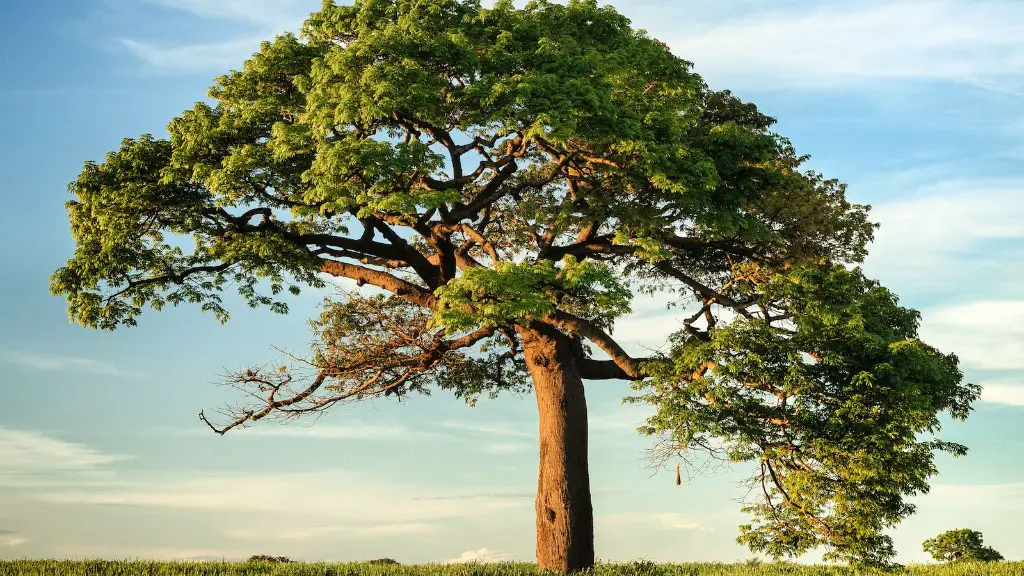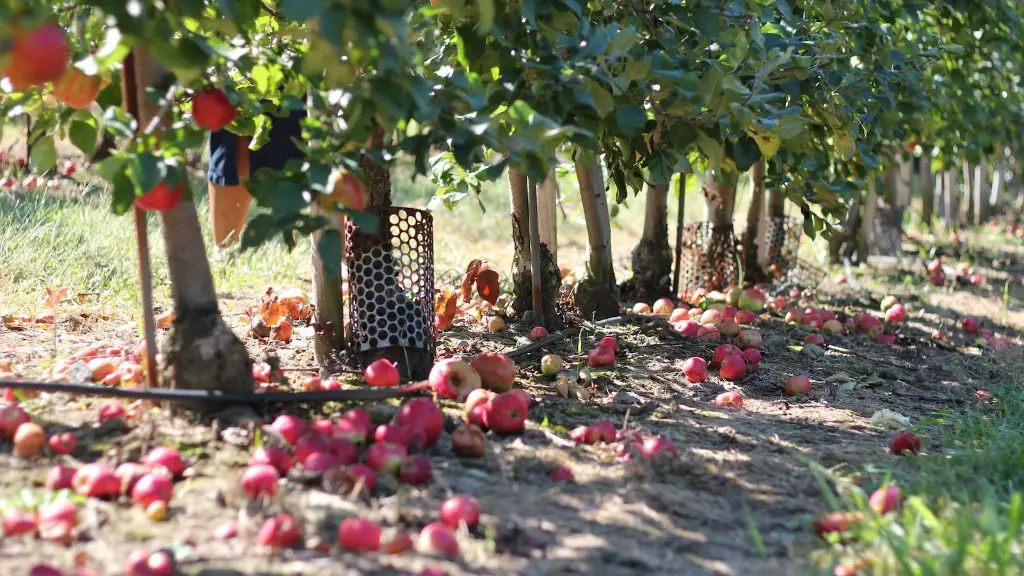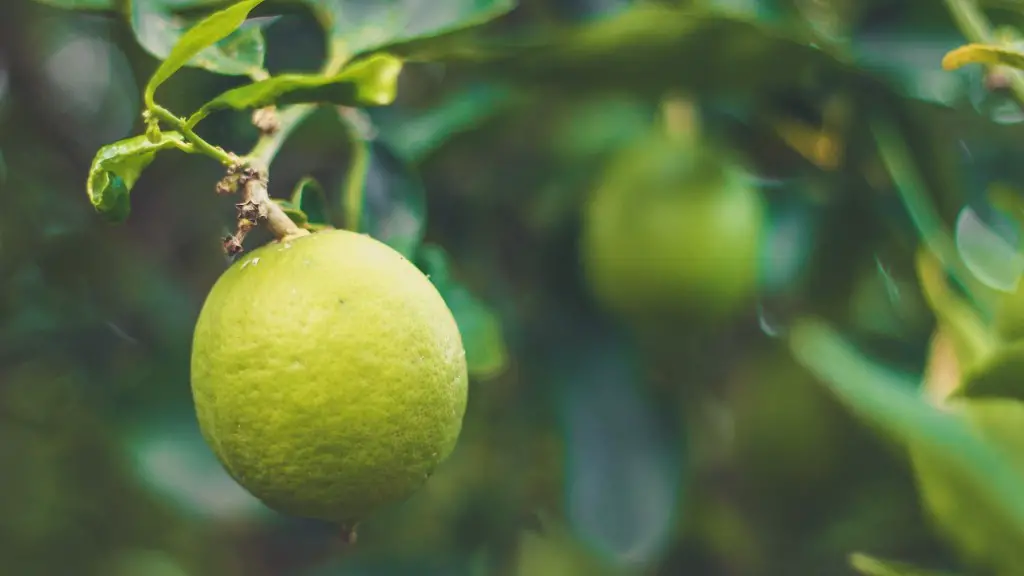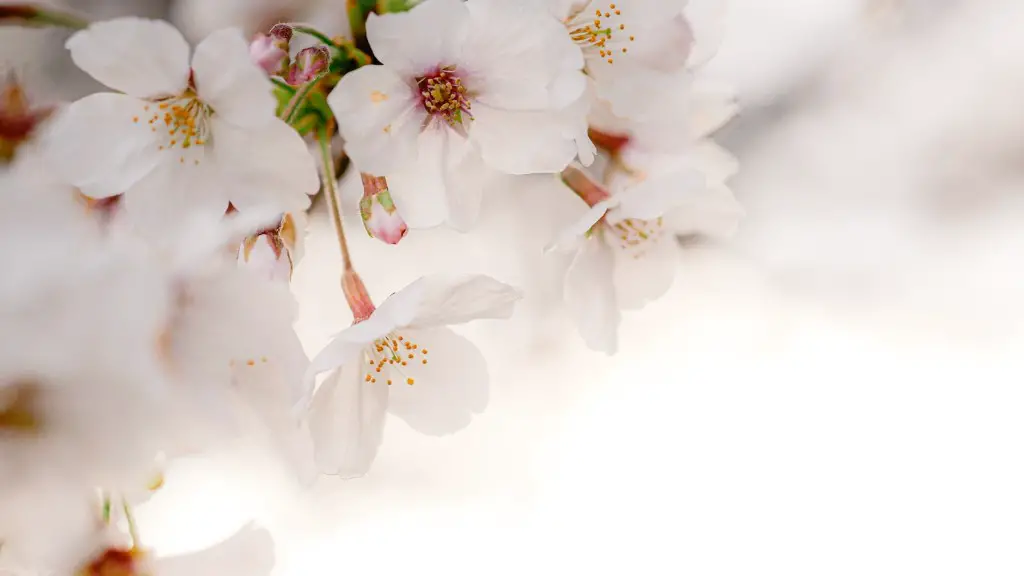Bonsai lemon trees make for delightful gifts or stylish decorations for any home. Learning how to care for and manipulate a lemon bonsai is a great way to add a little zest to your home décor. Here’s what you need to do to get started:
First, it’s important to purchase a suitable tree. Look for an evergreen variety of citrus, preferably a Meyer Lemon. You can also find other types of lemon bonsai trees, such as the Four Season Lemon, Shanghai Green Lemon, and the Mano Lemon.
Then, you’ll need to condition the soil. A potting mix specifically for bonsai is ideal for this purpose. It should be well-draining and contain perlite and other nutrients to provide the perfect soil for your lemon tree.
Next, you’ll need to choose a suitable container. Select a shallow bowl that’s between 8-10 inches in diameter. The larger the container, the bigger your lemon tree can grow, so choose a size that’s appropriate.
Once the planting is complete, it’s important to prune and shape the lemon tree. Trim branches and twigs that are overgrown with an pruning shears. There is a variety of specific techniques for shaping bonsai trees such as wiring and grafting. You can learn about these techniques from books and online sources.
You’ll then want to fertilize the tree to encourage healthy growth. Choose an organic fertilizers specifically formulated for citrus trees, and fertilize once every two weeks during the spring and summer. In the winter, reduce the frequency of fertilizing to once every month.
Your lemon tree should then be kept in an area that receives ample sunlight. Citrus trees require at least 6 hours of direct sunlight each day. If possible, place it outside in direct light during the day, and bring it inside at night.
Watering
Watering is essential for the health and growth of your bonsai tree. Your tree should receive a thorough watering between 1-2 times per week, depending on the size of the container and soil drainage. A good way to tell if it’s time to water is to stick your finger into the soil. If the soil is dry, it’s time to give the tree a drink!
In addition to providing routine irrigation, it’s also important to mist the stems and leaves of the lemon tree with water. This will help keep the foliage from drying out and promote healthy growth. An inexpensive spray bottle is perfect for this.
Finally, you should make sure to keep an eye out for pests and insect damage. Aphids and scale insects are the most common pests on citrus trees, and should be treated with an appropriate insecticide. Keep the area around the tree free of debris, as this can provide harborage for pests.
Repotting
Repotting may be necessary as your lemon tree grows. The roots should be pruned, and the tree should be transferred into a larger container as needed. This should be done every one to two years, depending on the size and health of the tree.
When repotting, it’s important to take special care not to damage the roots. Use a sharp knife or pruning shears to trim away any dead or damaged roots, while carefully preserving healthy roots whenever possible. The tree should then be buried slightly deeper than it was before repotting.
It’s also important to use good quality soil for repotting. A soil specifically for bonsai is best, as it is well-draining and contains the necessary nutrients for a lemon tree to thrive. You may need to mix in additional perlite or pumice for extra drainage.
Once the repotting is complete, the tree should be watered thoroughly and placed in a location where it will receive plenty of sunlight. A south or southwest facing window is ideal.
Fertilizing and Pruning
Fertilizing and pruning are essential for the proper growth of a lemon bonsai. The tree should be fertilized once every two weeks during the spring and summer months. Select an organic fertilizer specifically formulated for citrus trees to ensure healthy growth.
Pruning should be done with care to maintain the desired shape of the tree. Remove any dead or diseased branches, twigs, and leaves. This will help keep the tree looking neat and healthy. Pruning shears are the best tool for this job.
It is also important to prune the roots of the lemon tree to maintain a healthy balance of nutrients hydration. Prune the roots according to the size of the pot, making sure to preserve healthy roots whenever possible. This will help keep the tree in good health for years to come.
Outdoor Conditions
If possible, it’s best to keep the lemon bonsai outside in a sheltered area. It should receive at least 6 hours of direct sunlight per day, and must be protected from cold temperatures and direct winds.
Bring the tree inside during periods of heavy rain to protect it from flooding and drafts. It’s also important to watch out for sudden temperature drops in the winter and cover the tree with a blanket or tarp to protect it from frost.
It’s also important to protect the tree from pests and insect damage. Keep the area around the tree clean and free of debris, and check it for signs of damage or disease. An appropriate insecticide should be used to treat any pests or insects found.
Wiring and Training
It may be necessary to wire and train a lemon bonsai to keep it healthy and secure. Wiring and training should be done with great care to avoid damaging the delicate branches and roots. There are many specific techniques you can use to shape the tree, and you can learn more about these by reading books and online sources.
Once the wiring is complete, it’s important to check it regularly to ensure that it is not causing any damage to the tree. Loosen the wires as necessary, and reposition them as the tree grows and branches out.
It’s also important to prune branches and twigs as necessary to ensure a neat and balanced shape of the tree. Pruning shears are the best tool for this job, as they will remain sharp and provide precise results. Prune in moderation to avoid over-pruning.
Finally, you can use grafting techniques to create unusual shapes and designs for your lemon bonsai. You can learn more about this from books and online resources. It’s important to take your time and exercise patience when grafting or wiring to ensure that the tree remains healthy and beautiful for years to come.





